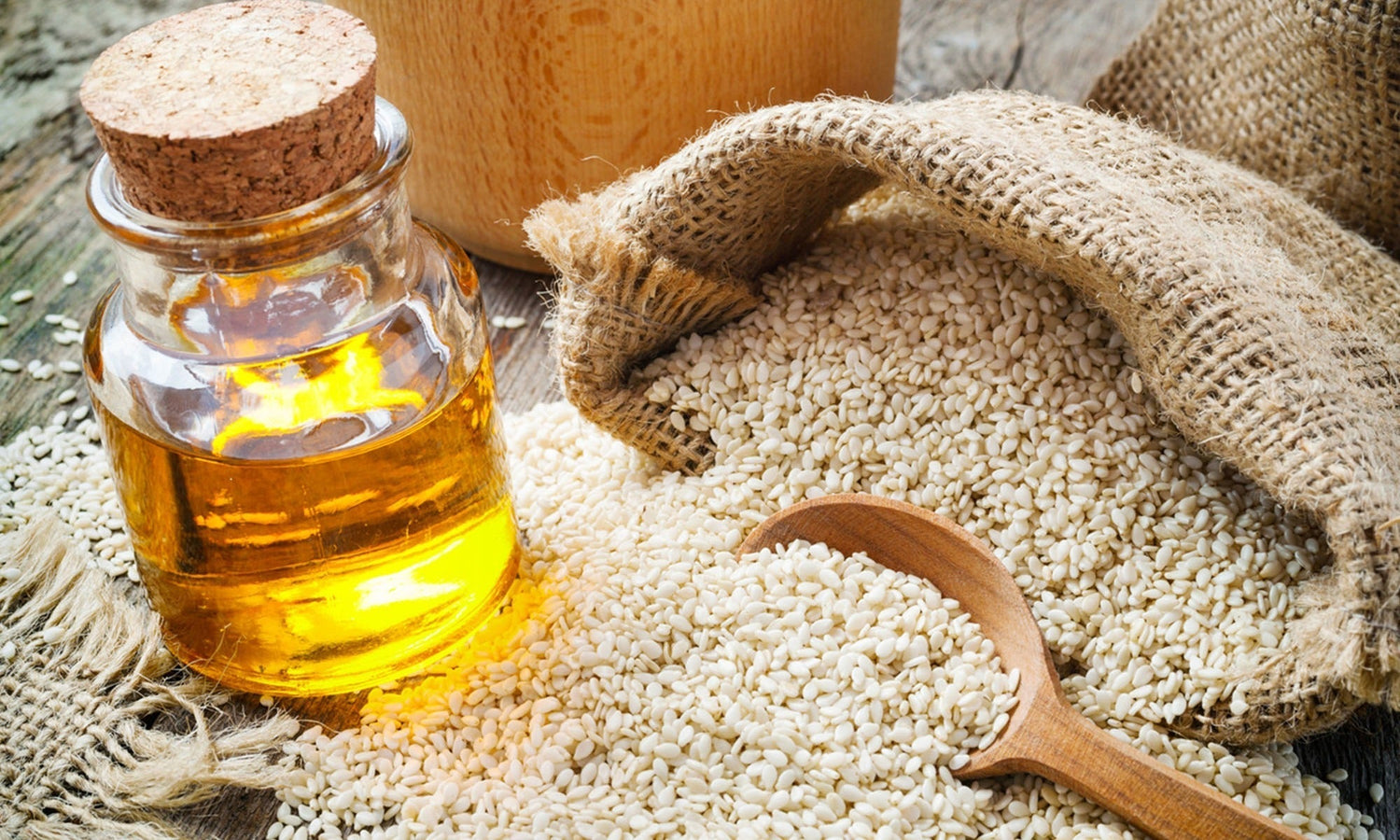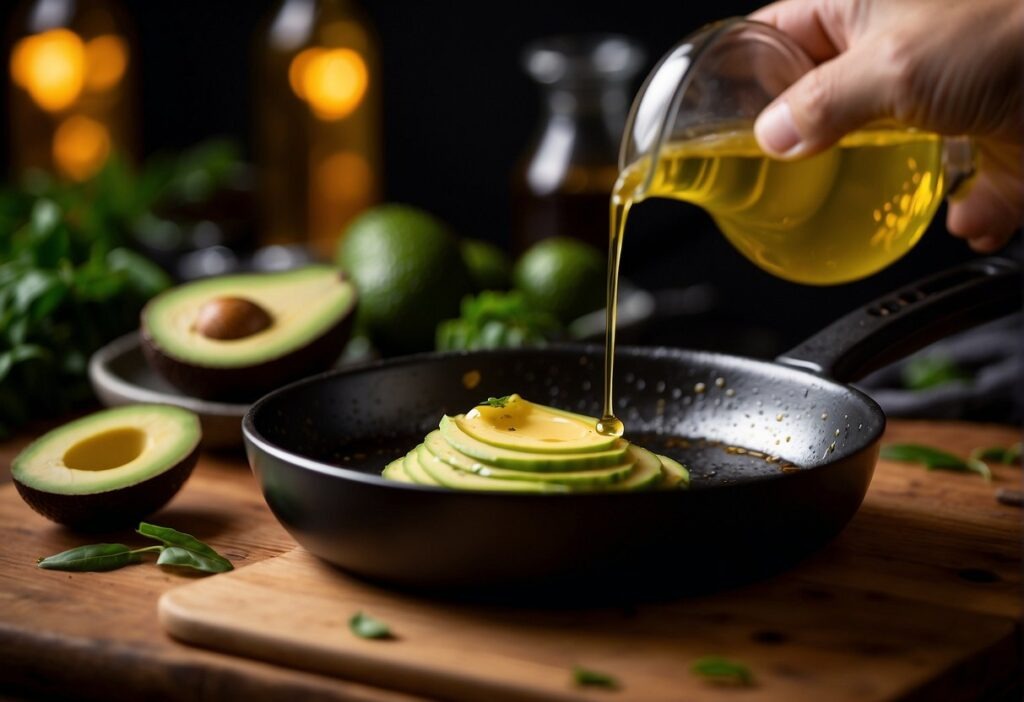Sesame oil is a cherished staple in kitchens worldwide. Its rich, nutty taste can elevate a variety of dishes, adding a unique layer of flavor. Have you ever wondered about creating this liquid gold yourself? Making sesame oil from scratch is simpler than you might imagine. Here's a comprehensive guide to help you craft this flavorful oil right in your own kitchen.

The Value of Sesame Oil in Cooking
Sesame oil isn't just another cooking ingredient; it's pivotal in numerous culinary traditions. Whether it's adding depth to stir-fries in Chinese cuisine or enhancing the dressing for Japanese salads, its distinctive taste is invaluable. Understanding how to make sesame oil empowers you with control over its quality and taste, enriching your culinary creations.
Varieties of Sesame Oil
Before embarking on the creation process, it's essential to differentiate between the two primary types of sesame oil:
- Toasted sesame oil: This variant, made from toasted sesame seeds, offers a robust, rich flavor and a darker hue. Its mostly used as a finishing oil.
- Untoasted sesame oil: Made from raw sesame seeds, it's lighter in color and presents a milder flavor, making it ideal for general cooking.

Ingredients You'll Need
The ingredient list for homemade sesame oil is refreshingly short. Heres what you need:
- Sesame seeds (choose either white or black based on preference)
- A neutral oil (like canola or sunflower oil)

Step-by-Step Guide: Making Sesame Oil
Step 1: Toasting the Sesame Seeds
Toasting enhances the seeds' flavor, resulting in a rich and aromatic oil. Heres the process:
- Warm a pan over medium heat.
- Add about a cup of sesame seeds to the pan.
- Stir constantly to avoid burning, for 3-5 minutes, until they're golden brown and fragrant.
- Remove from heat and let the seeds cool.
Step 2: Grinding the Seeds
Next, grind the toasted sesame seeds to release their natural oils:
- Use a mortar and pestle for a traditional approach, or a food processor for efficiency.
- Grind until you reach a paste-like consistency.
Step 3: Combining with Neutral Oil
Mixing the ground seeds with a neutral oil helps in extracting the sesame essence:
- In a saucepan, combine the ground seeds with one cup of neutral oil.
- Heat over low heat for about 10 minutes, stirring occasionally.
- Avoid boiling to prevent a burnt taste.
Step 4: Straining the Oil
The final step involves straining the oil:
- Let the mixture cool after removing from heat.
- Strain through a cheesecloth or fine sieve into a clean container.
- Press down on the solids to extract maximum oil.
- Store in an airtight bottle in a cool, dark place.

Benefits of Homemade Sesame Oil
Crafting sesame oil at home offers several perks:
- Quality Control: Ensure no additives or preservatives are included.
- Freshness: Enjoy a fresher, more flavorful oil compared to store-bought.
- Cost-Effective: It's often cheaper to buy sesame seeds than pre-made oil.
Pro Tips and Tricks
Choosing the Right Seeds
Your choice of sesame seeds impacts the oil's flavor. White sesame seeds offer a subtle taste, while black ones provide a more robust, nutty flavor. Experiment to discover your favorite.
Storage Tips
Maximize the shelf life of your oil by storing it in an airtight container in the fridge. This prevents rancidity.
Enhanced Flavor
For a bolder flavor, increase the toasting time. However, be careful not to burn the seeds.
Common Uses for Sesame Oil
Sesame oil is highly versatile. Here are some popular uses:
- Cooking: Perfect for stir-frying vegetables and meats.
- Salad Dressings: Adds a nutty taste to salads and cold dishes.
- Marinades: Tenderizes and flavors meats and tofu.
- Sauces: Essential for Asian dips and sauces.
FAQs About Making Sesame Oil
1. Can I use other oils instead of neutral oil?
Yes, but using a strongly flavored oil like olive oil can alter the sesame oil's taste. It's best to use neutral oils to let the sesame flavor dominate.
2. How long does homemade sesame oil last?
When stored properly in an airtight container in the fridge, homemade sesame oil can last up to six months.
3. Can I skip toasting the seeds?
Toasting is crucial for flavor depth. Skipping this step results in a milder oil that lacks the characteristic nuttiness.
As an assembly of culinary excellence, keeping your kitchen clean and organized is just as crucial. For tips, read this article from Olives for Dinner.
As an Amazon Associate, I earn from qualifying purchases.






Leave a comment
This site is protected by hCaptcha and the hCaptcha Privacy Policy and Terms of Service apply.